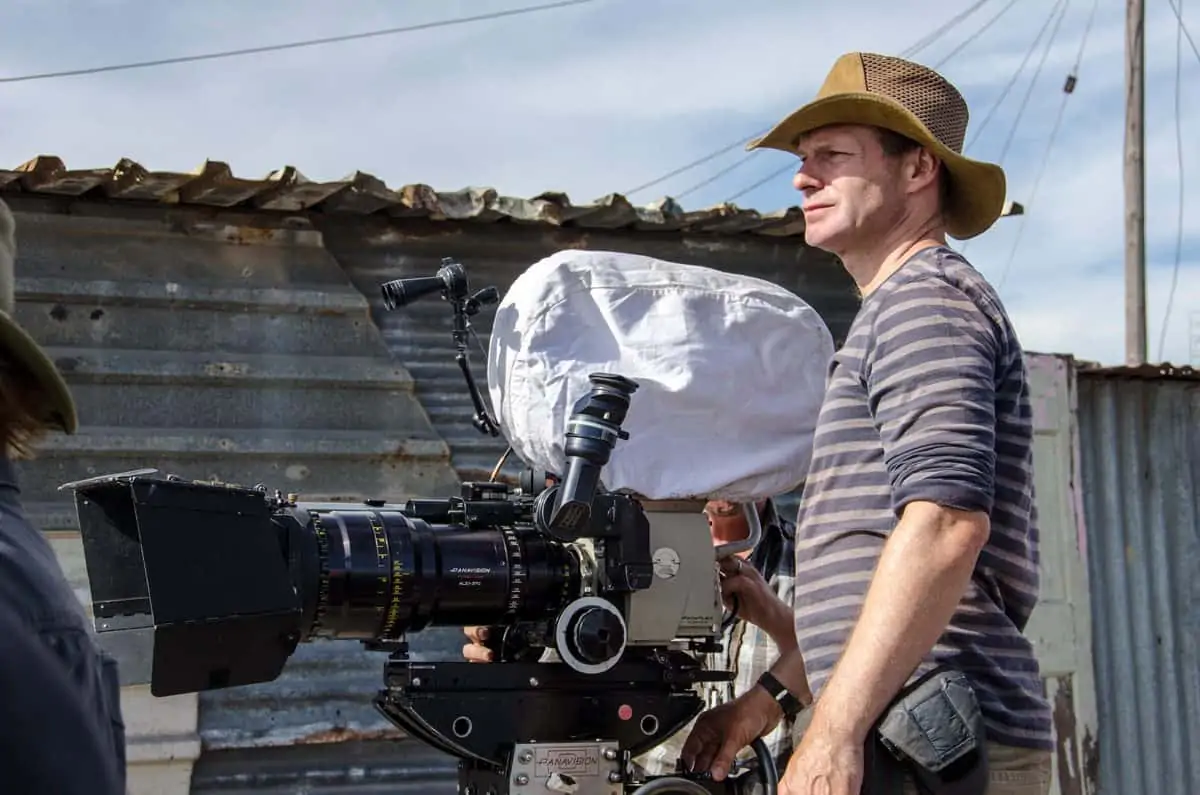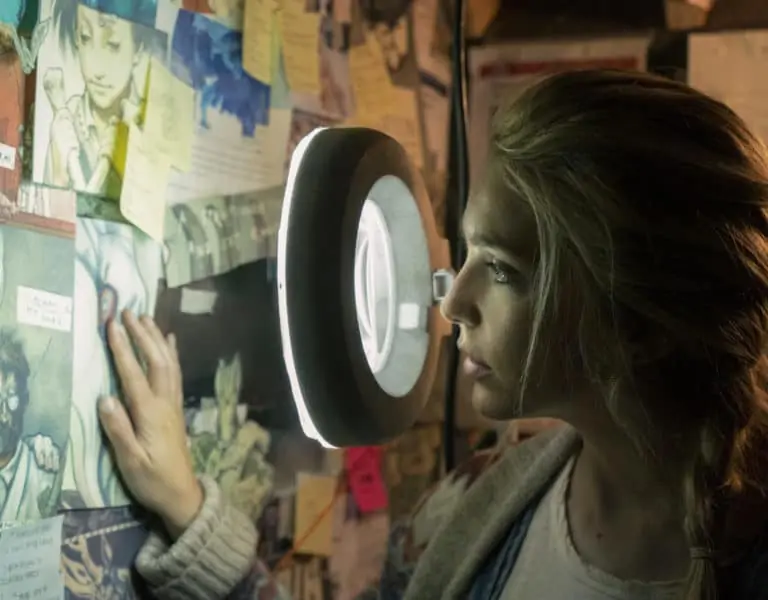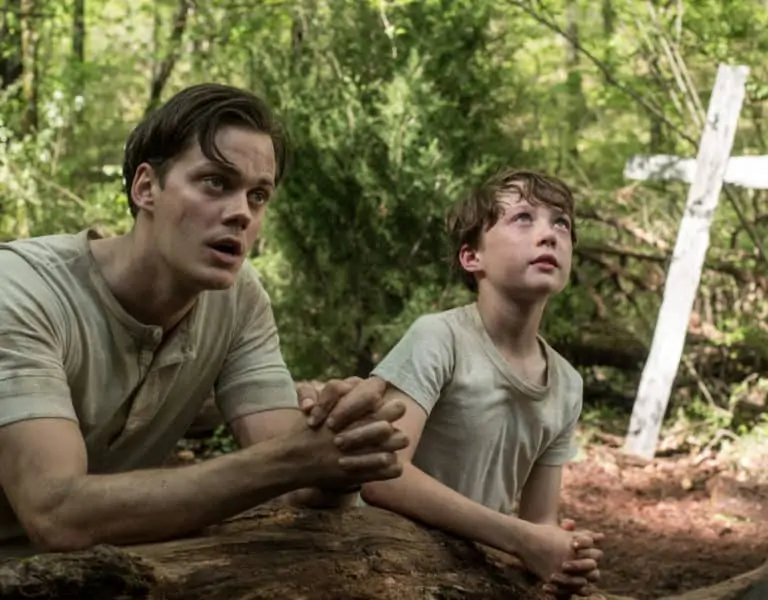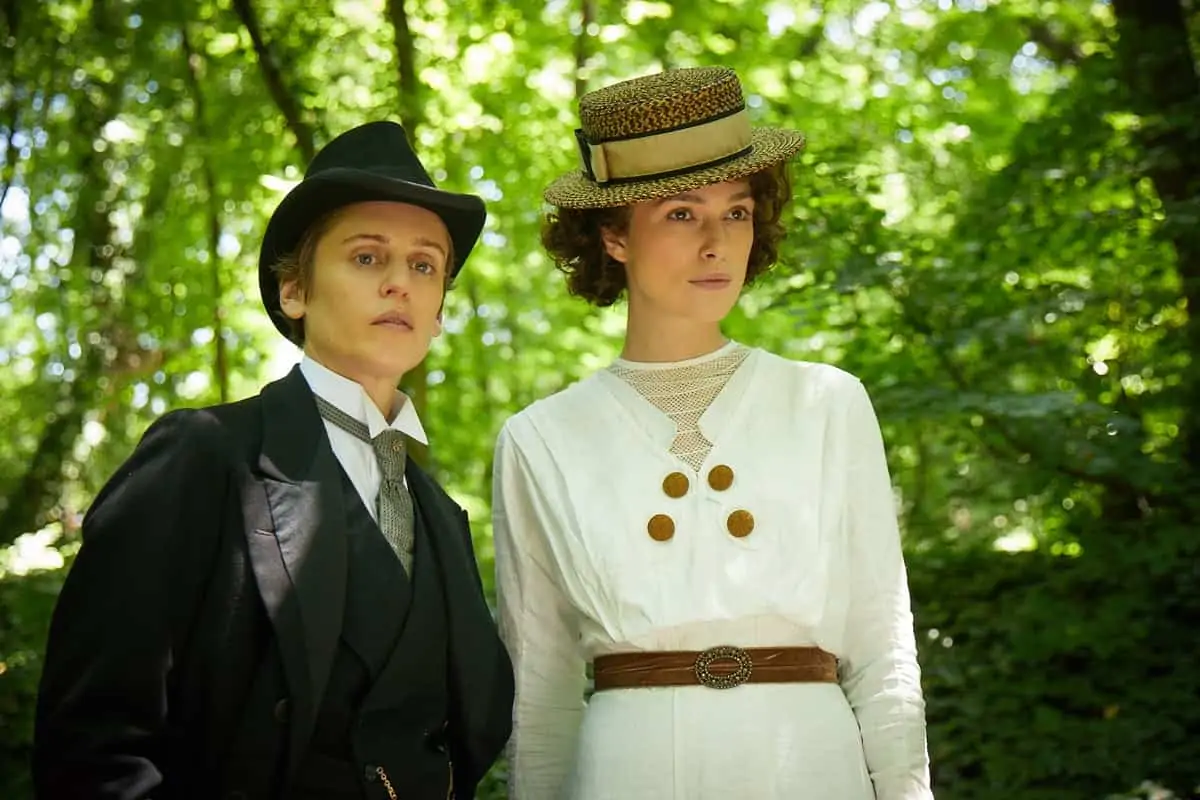Filmed on Film
Giles Nuttgens BSC / God help the girl , Young ones and grain
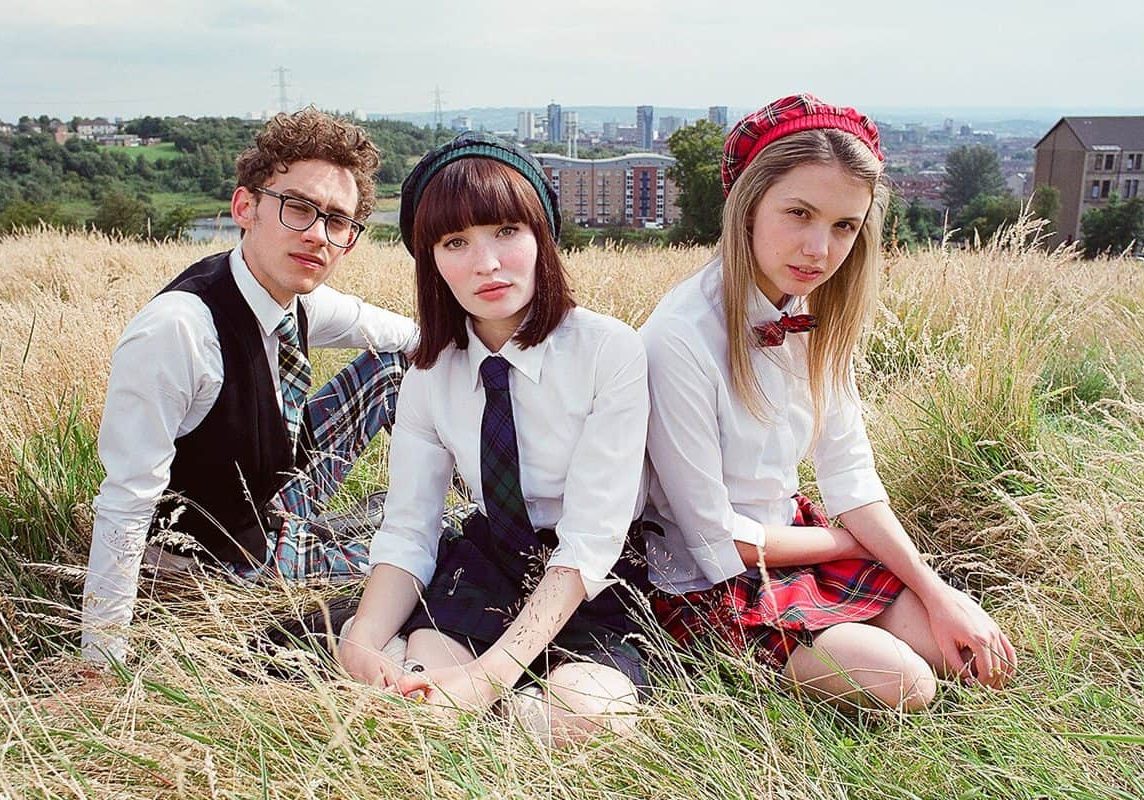
Filmed on Film
Giles Nuttgens BSC / God help the girl , Young ones and grain
Giles Nuttgens BSC continues to be moved by images created on celluloid. He used film for his latest two releases, God Help The Girl and Young Ones, both of which premiered at the 2014 Sundance Film Festival. At press time, he was shooting the film Grain on Kodak B&W negative stock, in Anamorphic.
God Help The Girl – a kickstarter project made for just $1.8 million – is a musical from Belle & Sebastian songwriter and frontman Stuart Murdoch. Based on a series of songs Murdoch wrote for a female character, the film stars Emily Browning as Eve, a troubled young woman who forms a pop band. The film debuted theatrically on September 5th 2014. It was shot largely single camera, handheld, using 16mm, on location in Glasgow.
“Because Stuart had done all of his pop promos on Super 8 and 16mm, that was the medium that they were comfortable with,” Nuttgens says. “Also the skin tones look fantastic on Kodak 16mm. You can take people who live in Scotland – who are not normally spending a lot of time in the sun – and give them a really good skin tone. We wanted something that would take people out of realism for a little moment, coupled with a retro feeling. So adding colour to Glasgow was a way that he could make his film more attractive.”
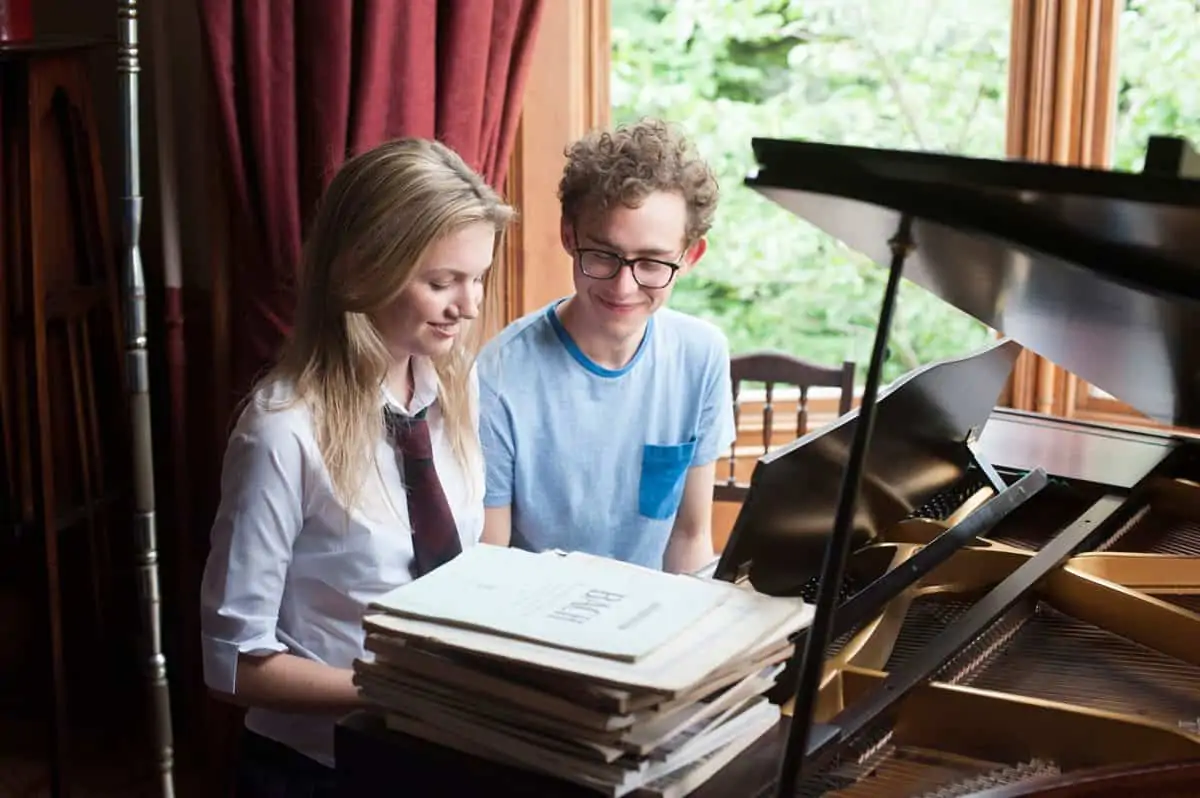
Filming had to be fast and flexible. “Sometimes we were shooting 4-5 pages of dialogue in the morning and then doing a whole song in the afternoon,” Nuttgens relates. “We were running a very light crew (working with only two electricians a lot of the time) and that dictated the fact that it was going to be handheld and very reactive.
“Each song started with a master take, either a wide shot or a close-up, until we got the perfect song. Then we used that as playback for the rest of the takes. Often we’d have 3-4 hours to shoot a song, but we’d spend 1 1/2-2 hours getting the master take.”
In contrast, Young Ones, which made its theatrical debut on October 17th, was photographed in 35mm Anamorphic, in the desert in South Africa where the crew was regularly filming at temperatures around 50-degree centigrade.
The goal was to depict a dystopian future where the characters are in the 15th year of a drought. Michael Shannon plays a farmer trying to bring water back to his land, and the cast also includes Elle Fanning, Kodi-Smit-McPhee and Nicholas Hoult.
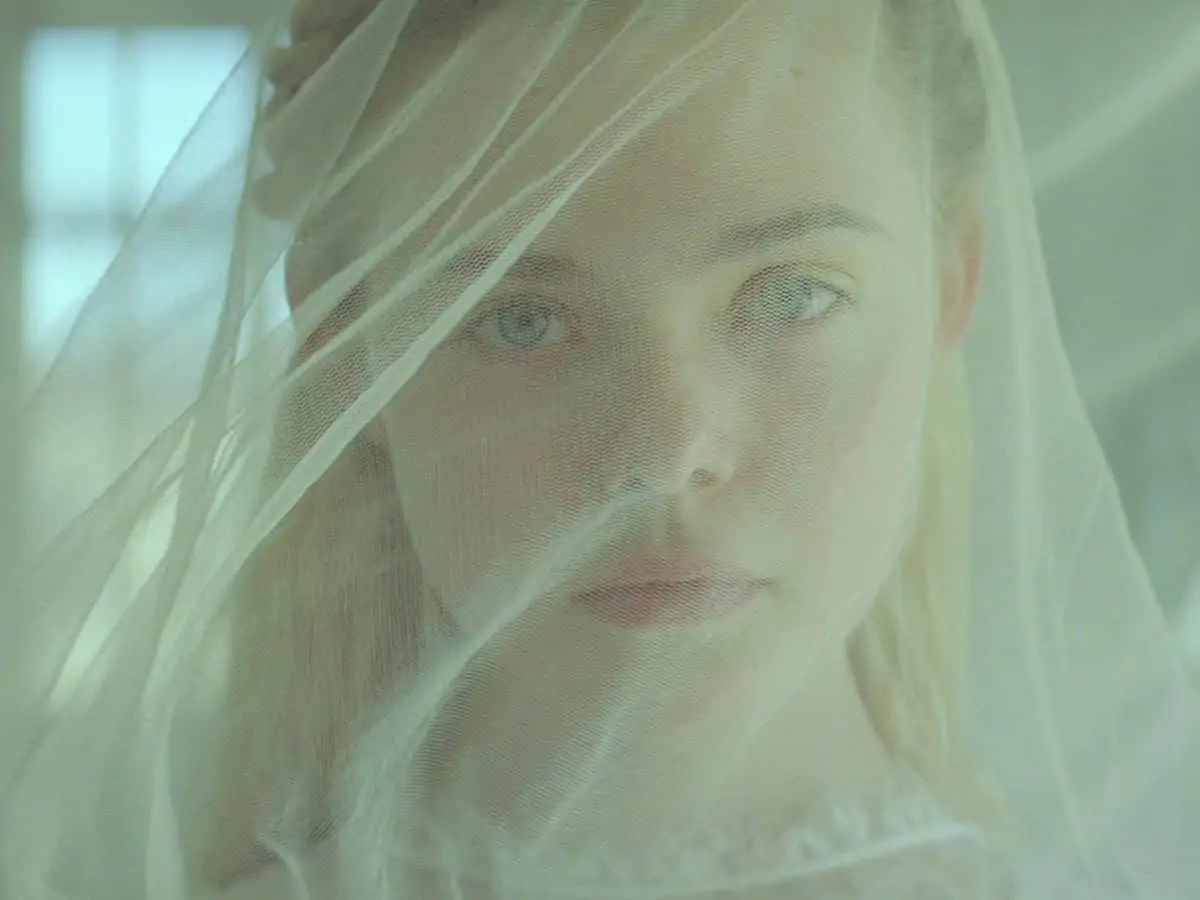
“A drought makes a society break down; we wanted to try to create something that had the same feeling as, for example, The Grapes of Wrath,” Nuttgens says. “Young Ones’ director Jake Paltrow really wanted to produce something about people right on the edge of not making it”
To do that, Nuttgens wanted to capture the feeling of dryness and heat, with dust in the air. He explains: “We pull-processed the negative so that we didn’t have anything with hard blacks in it. We wanted to let the audience feel the dust in the air through the images. It’s very difficult to portray heat.”
For the parts of the story where the water returns to the area, the cinematographer began to change the lighting. “We brought the contrast up – not in the film or the DI – but in the way that we lit them, by making sure they were backlit and had defined controlled modeling,” he says.
Nuttgens again had to work at a rapid pace. “We averaged about 35 set-ups a day,” he says. “We worked very fast, but there was very clear planning in how we would construct a scene. All of the flexibility we had in God Help The Girl didn’t exist. We had to work at the same speed, but it was very precise.”
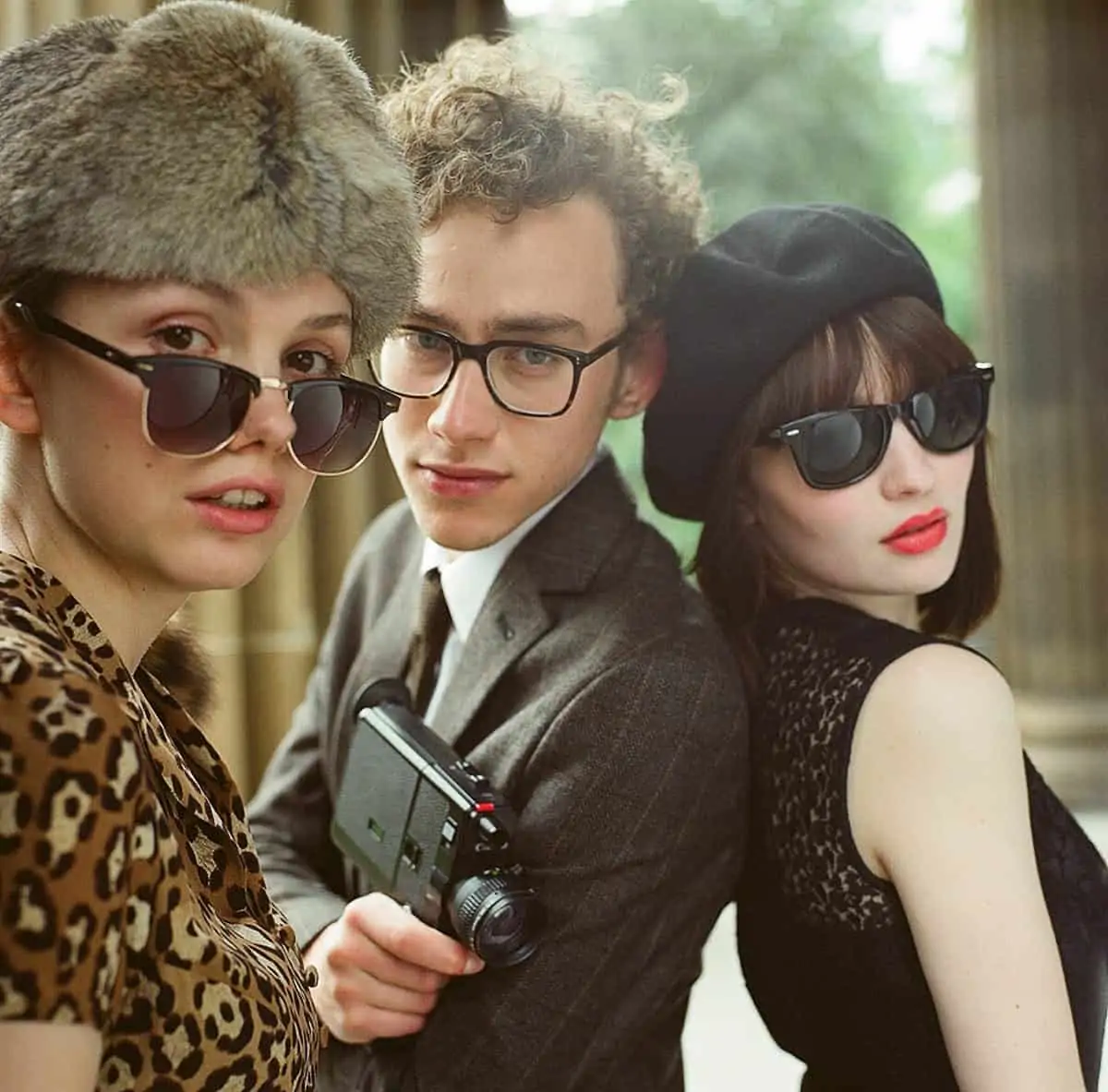
"We pull-processed the negative so that we didn’t have anything with hard blacks in it. We wanted to let the audience feel the dust in the air through the images."
- Giles Nuttgens BSC
For Nuttgens, a favourite scene in Young Ones is one that features a pivotal confrontation between the characters played by Shannon (Ernest) and Hoult (Flem). Noting that the balance of power was constantly shifting, he explains, “We created the scene so that Flem is in the heat at the beginning and Ernest in the shade, and later on that turns over. The light is supposed to represent the power play between the two people.”
The busy DP is currently shooting writer/director Semih Kaplanoglu’s Grain, which Nuttgens describes as a narrative with a sci-fi edge, set in a near future where all grains are modified.
“The modification of the genes breaks down and one scientist goes off to try to solve the problem,” he says, describing the story as a cross between Alfonso Cuaron’s Children Of Men and Andrei Tarkovsky’s Stalker. Grain shot on Kodak B&W 5222 negative in Anamorphic.
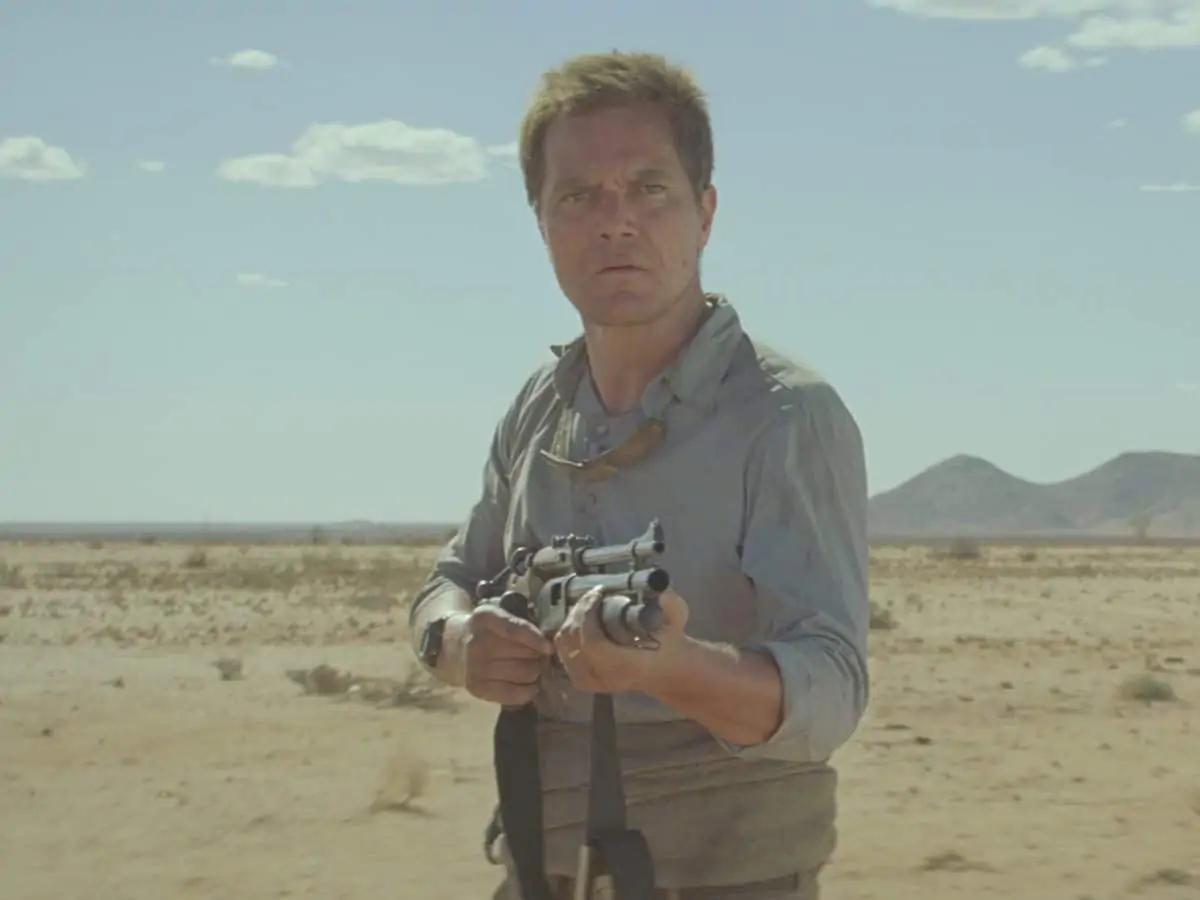
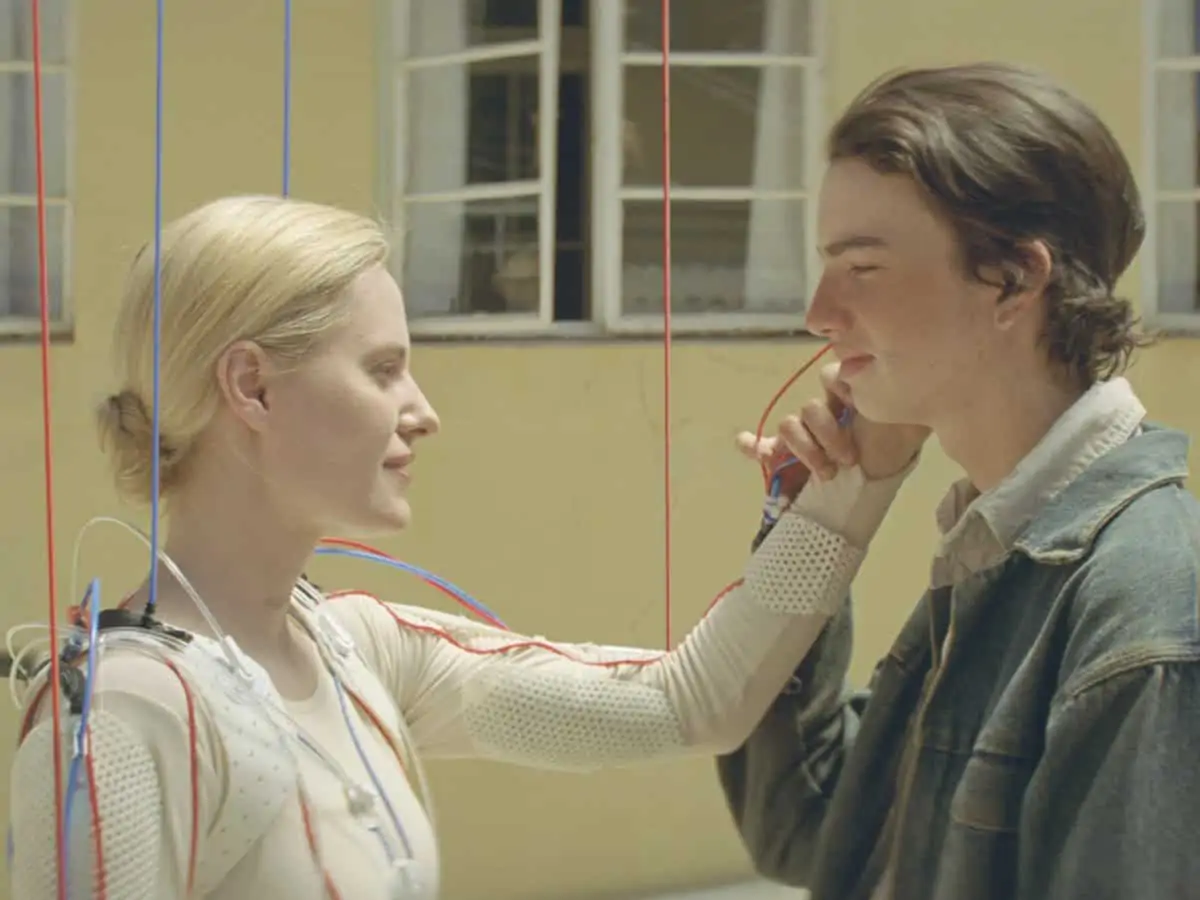
Says Nuttgens: “It’s the stock that Gordon Willis [ASC] used on Manhattan. It’s a challenge working with an old stock that has a limited latitude, but the quality and beauty of the images is incredible.
“The film is a search for a grain, and when you start to think about purity and simplicity – something not too technologically complex – it seems obvious that that would involve a film system, not a digital system.”
He added that sequences filmed in Anatolia reveal “an amazing landscape dotted with abandoned villages made out of a certain type of stone. So scope is an obvious thing because it needed that scale.”
It’s not out of the realm of possibility that Grain could be last film shot Anamorphic with this stock. With that in mind, Nuttgens laments that it’s film images that really move him.
“Film’s cinematic imagery has texture and a displacement from normal life,” he says. “At the moment I don't get the same emotional reaction from the digital images as the film images that I create. I think it's a great loss, but things change and we will adapt. I’m hoping that I’ll get moved by the sheer aesthetic beauty of digital at some point. I think our aesthetic sense will change.”
